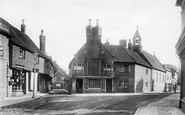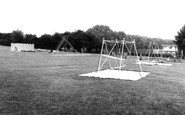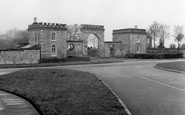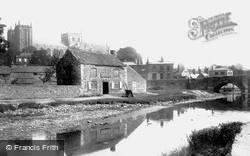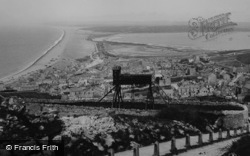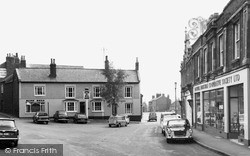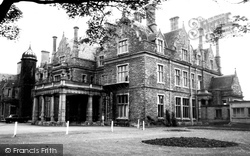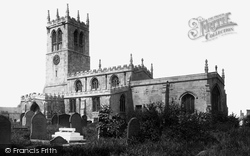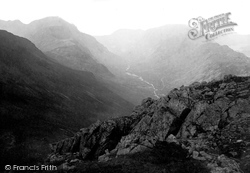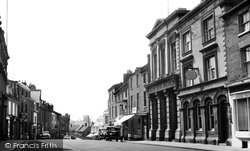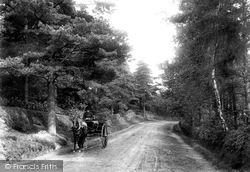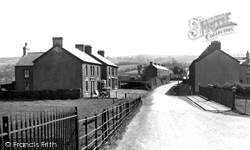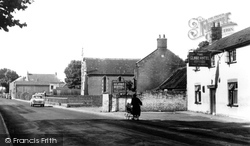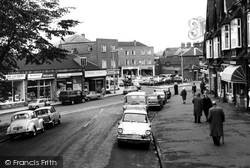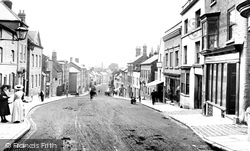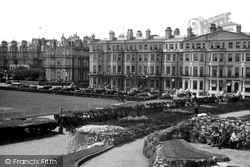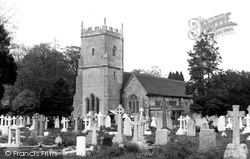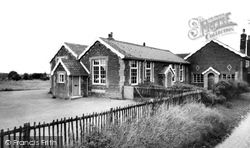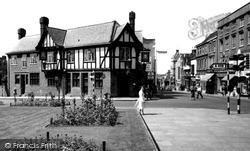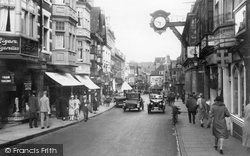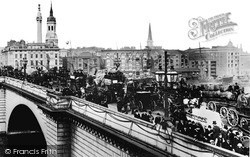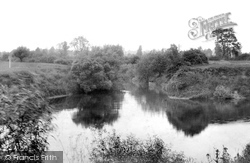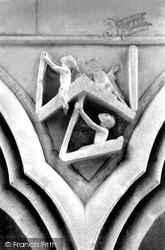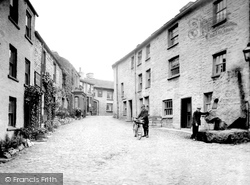Places
Sorry, no places were found that related to your search.
Photos
5 photos found. Showing results 761 to 5.
Maps
83 maps found.
Books
Sorry, no books were found that related to your search.
Memories
1,128 memories found. Showing results 381 to 390.
My Home
I lived in the Wheatsheaf for 20 years. My parents Len and Desi Murphy were Landlord and Landlady from 1950-1977 The pub had only a beer licence when Dad took over. What a great photo. I remember the Catholic church bell ringing and the ...Read more
A memory of Midhurst in 1950 by
A Sharp Reminder Of My Schooldays
Saturday, 20 February 2010 A sharp reminder of my schooldays. I attended Bradley Street, Church of England Primary and Junior school, Uttoxeter. Some teachers, remain in your memory, others disappear. I ...Read more
A memory of Uttoxeter by
The Village
I left the village in 1960. I attended the local junior and infant school. The teachers I recall were Miss Whitehead, Miss Jenkins, Miss James, Granny Chancellor (she was a lovely lady who taught most of our parents also, those that ...Read more
A memory of Waun Lwyd by
Down Memory Lane
I was born in Nottingham and came to live in Gateshead when I was 4 years old. My mother was in the W.R.A.C and met my father when she was stationed down there. He was a Waiter in the Crown Hotel in Bawtry and was originally ...Read more
A memory of Gateshead by
My Beginning
I returned to Andover in August 2010 and was as excited as the day we left in November 1956 when my family decided we were going to Australia. 54 years is a long time and I think that my wife was surprised at how much I remembered ...Read more
A memory of Andover in 1956 by
Young Corby, Once Called Corbie.
This photo must have been taken early in the morning because that play area was always packed with wee yins in the 1960s. I know because I was one of them. There were lots of what I used to call swing parks in Corby ...Read more
A memory of Corby by
29 Seagate, Irvine
Hi, my name is Colin, I live in Lowestoft, Suffolk. The picture you have of 29 Seagate, Irvine is part of the building we lived in, the part you see was used as a workshop when we lived there, he did upholstery. We had no ...Read more
A memory of Irvine in 1953 by
Definately Not A Paint Tin! Woodford Wells
About a mile or so from South Woodford toward Buckhurst Hill, on the New Road, is Woodford Wells. My friend lived in the third house from the corner diagonally across from Bancrofts School. The ...Read more
A memory of South Woodford in 1942 by
Penhill Junior School
Hi, long time ago when time had more meaning the teachers were pleasant and we used to have stars put on the work for good standard ,and smaller classes than today, as at the time I lived in Penhill Drive, my headmaster was a ...Read more
A memory of Swindon in 1961 by
Childhood In Buckhurst Hill
I lived at 4 Fairlands Avenue, Buckhurst Hill. My parents moved there just before the Second World War, and I was born in April 1939. I well remember W.C.French Ltd's yard next to Fairlands Avenue fronting the ...Read more
A memory of Buckhurst Hill in 1940 by
Captions
1,233 captions found. Showing results 913 to 936.
In this view of the stone-walled canal basin we see the cathedral rising over the roofs, and the old arched bridge.
Its stones tend to be much larger at one end than the other. John Meade Faulkner immortalised the area in his famous smuggling novel 'Moonfleet'.
The road here is much busier today.
The round turret by the side of the main entrance with its ogee cap looks very much like a windmill tower.
Though St Peter's dates from Saxon times, it is believed that Hamelin Plantaganet might have also have rebuilt the church, as much of the stonework is 12th-century.
Its stones tend to be much larger at one end than the other. John Meade Faulkner immortalised the area in his famous smuggling novel 'Moonfleet'.
Much of this lovely valley is now cloaked under a blanket of conifers, as are so many of the Lake District dales.
Rodhouse's, a milliner's and draper's (extreme right), are still remembered with much affection in the town by the many ladies who bought their hats and bonnets there, made by the Misses
The lack of other vehicles meant that it probably didn't matter too much, but the driver of the horse and trap is apparently unaware of the 'keep left' rule of the road.
Although the area developed rapidly in the 19th century (the population was 3,375 in 1841 and increased to 9,721 in 1891), it has been a settlement for much longer.
The Globe Hotel (right) is now much extended, and has been renamed the Scarlet Pimpernel.
Taken from Station Approach, looking towards the village centre, this view is much the same today.
Beyond the wall there would have been more room to spread out, and so immediately the road becomes much wider.
The rendered range with its straight parapet is in marked contrast to the much more ornate Grand Hotel to its left.
Much of the town dates from between 1890 and 1939, and many of its residents were employed by the railway.
He did much of his early oral history recording in the village; this formed the basis of many books, including 'Ask the Fellows who Cut the Hay' in 1956.
Today the grass and beds full of flowers have been replaced by paving stones and beds with bushes planted in them instead - all very much easier to maintain.
Apart from the introduction of a pedestrianisation scheme and some new shop fronts, it remains much the same today.
The village lost its medieval church to bombs in World War II and has expanded much since the War, partly due to Lincoln’s proximity and partly to the RAF.
This five-arched granite structure was constructed in 1827 from the designs of John Rennie. Its excessive cost was once the talk of the city.
Sixty-five years on from photograph No 26547, and not very much has changed, save for the more abundant foliage, and Trumpington Street now echoing to the sound of cars!
The Battle of Powick Bridge took place nearby in 1642 and, more importantly, much of the action of the Battle of Worcester in 1651 took place on and around this site.
The Dean's chapel in the south quire transept has a 13th-century frieze of carvings in the spandrels of the arcading (that is, between the tops of the adjoining arches).
The cobbled Main Street, with The Sun Inn at the top, remains very much the same today.
Places (0)
Photos (5)
Memories (1128)
Books (0)
Maps (83)

